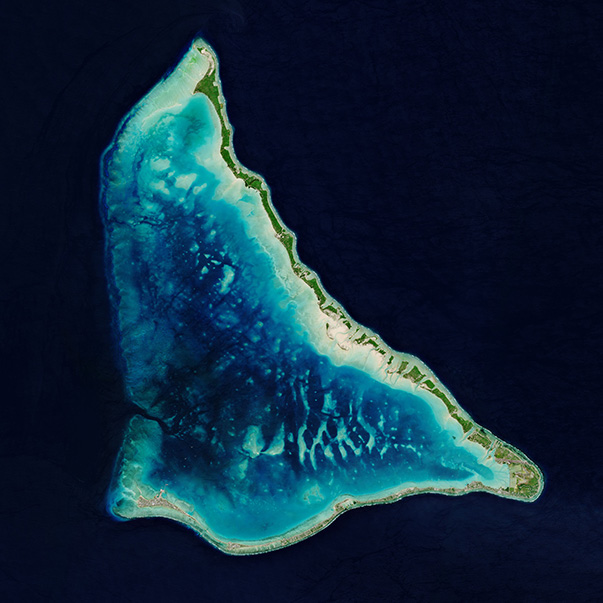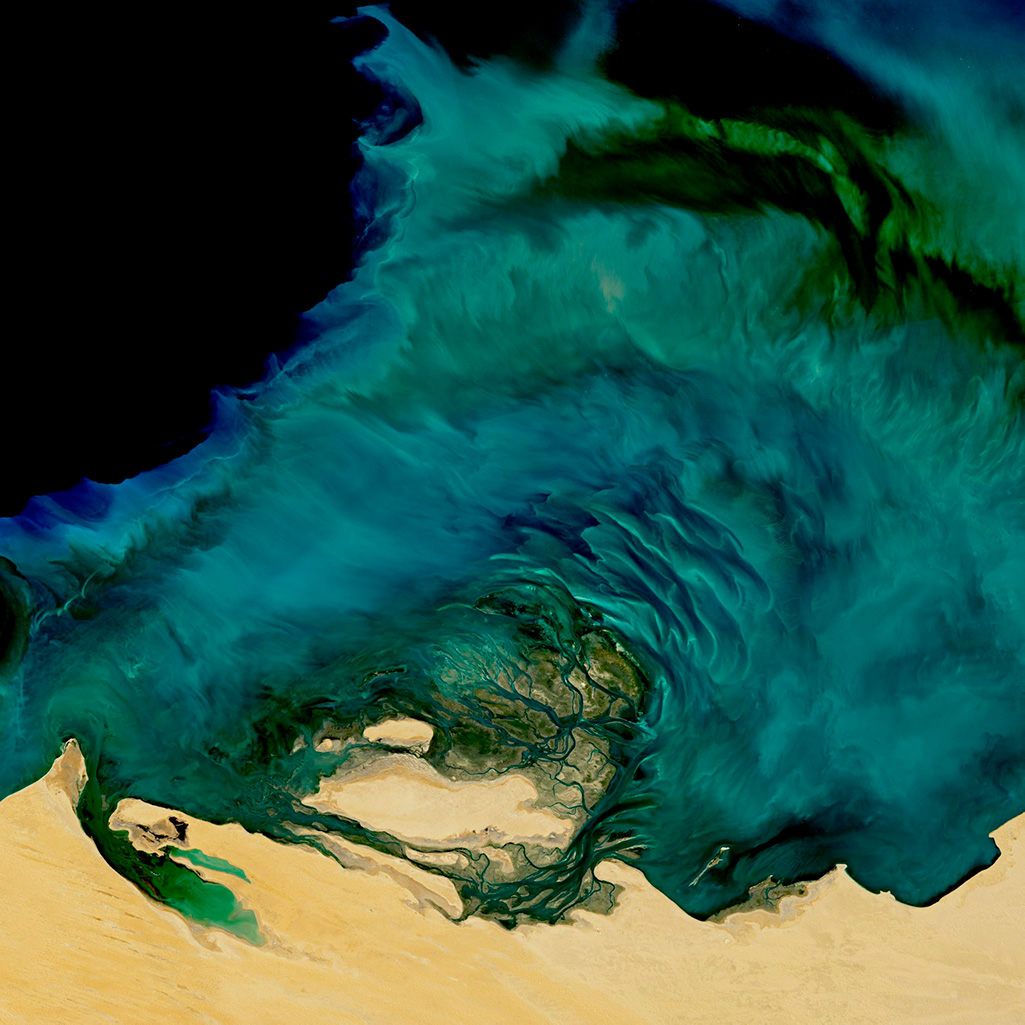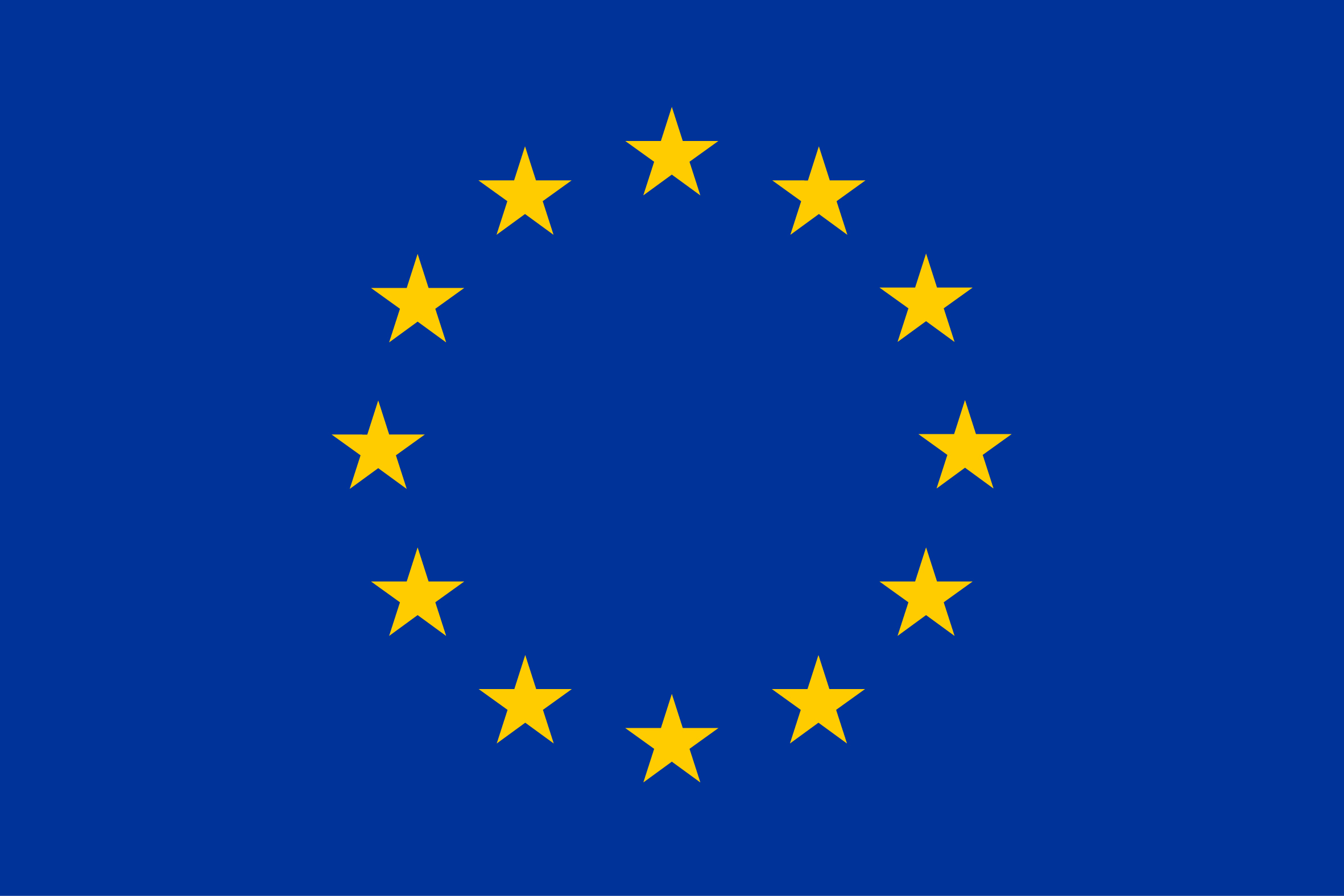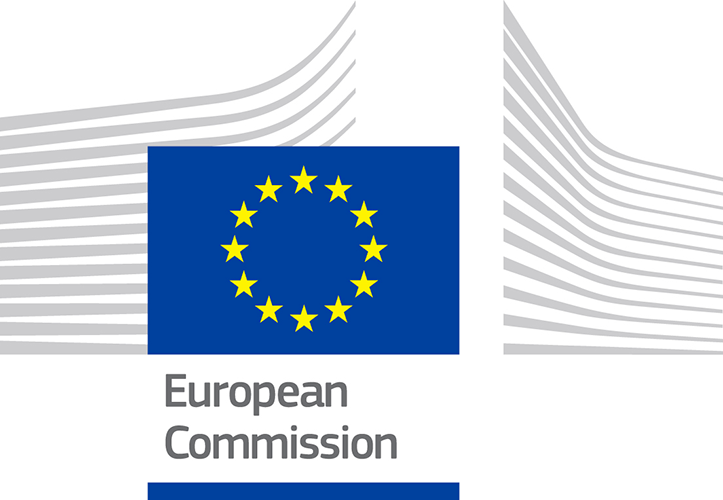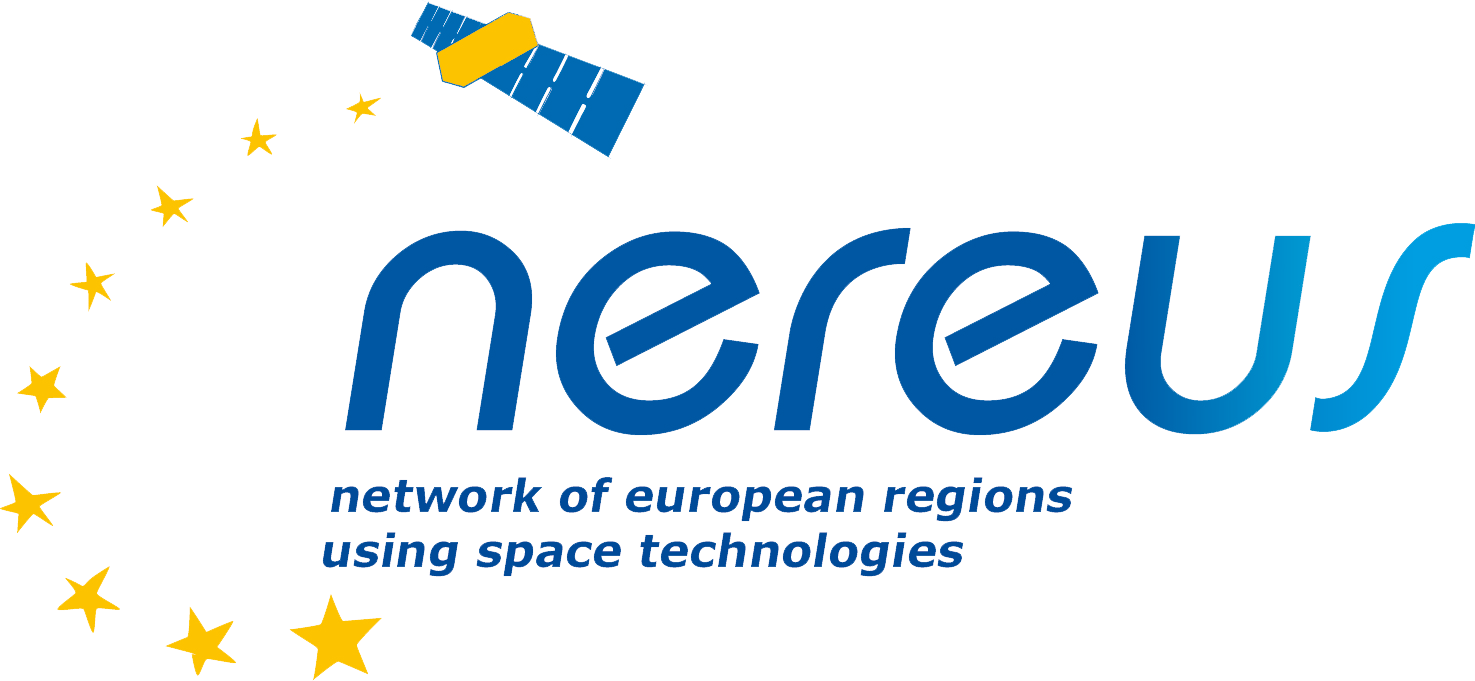I have equipped my fishing nets with satellite beacons to prevent ghost fishing if gear is lost
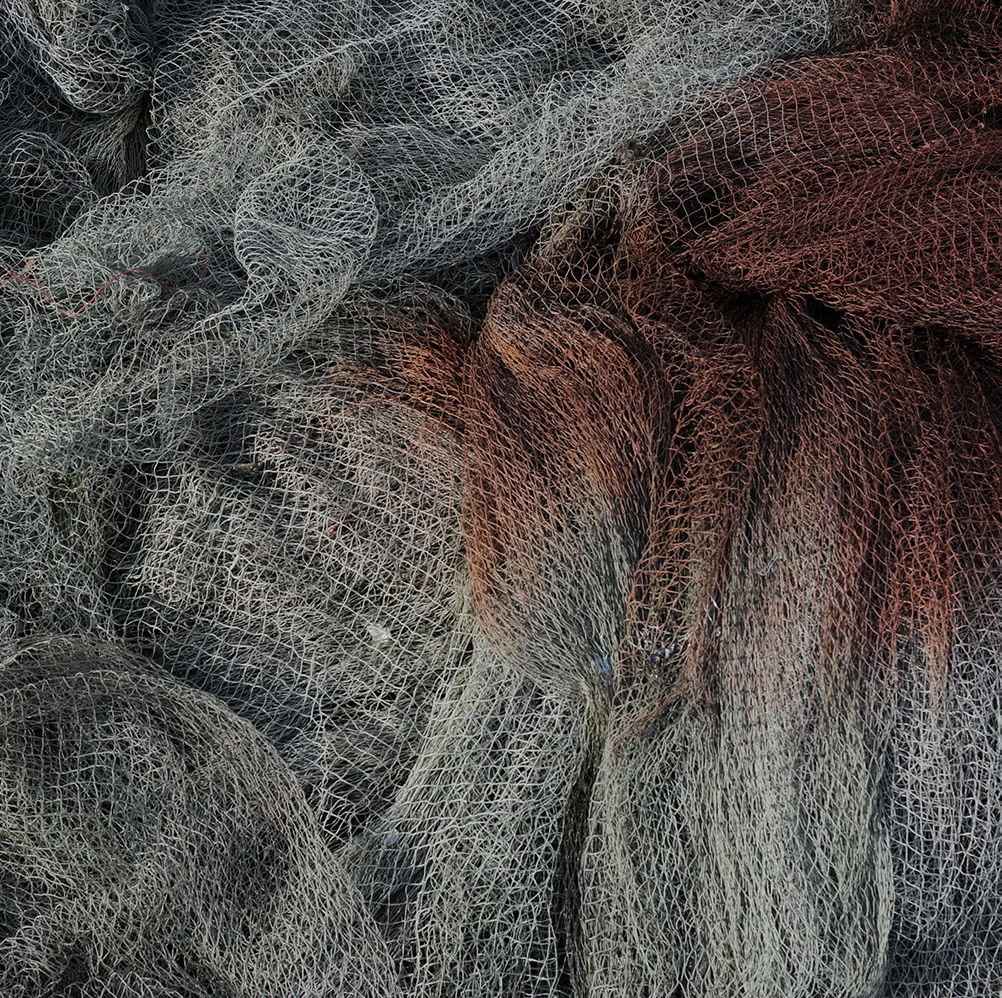
Pierre Moreira, fisher, La Londe Les Maures, France
In our profession, we know where to cast our nets. Sometimes cargo ships or pleasure boats drag them out of position or cut loose their markers. To prevent our nets ending up at the bottom of the sea, killing fish for years to come, we have equipped them with CLS satellite beacons to localise and retrieve them.
Interview
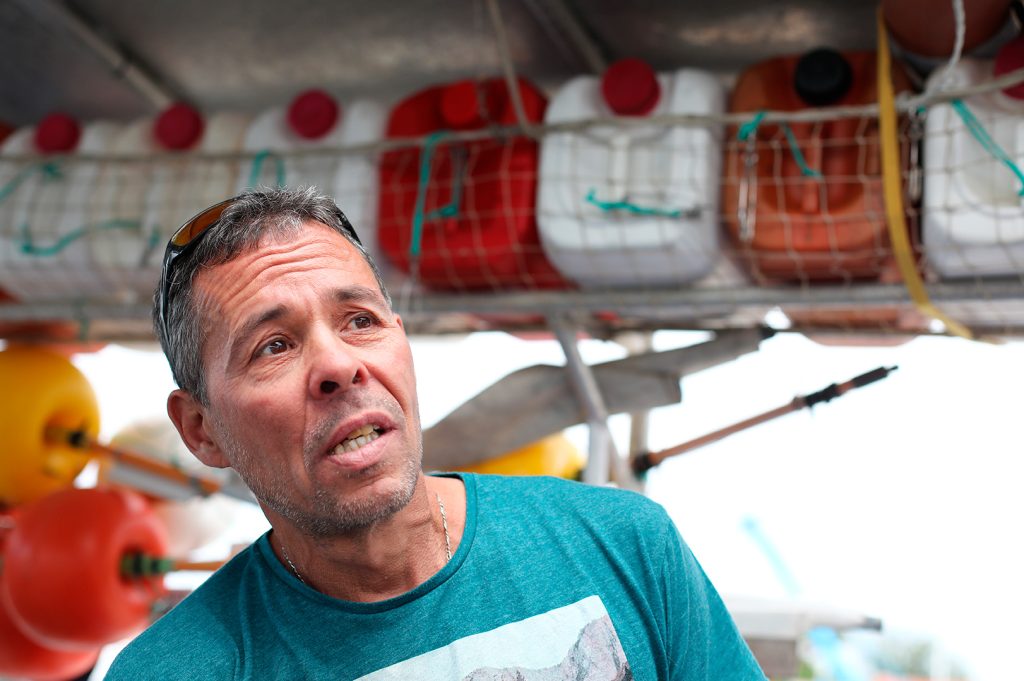
I have been a professional fisher for 32 years. I came to La Londe Les Maures to fish in 2004. Before that, I fished in Marseille for 18 years.
As a fisher, when you cast your nets in the sea, electronic assistance is available if you’re far from the coast. But it’s our trade so we know where to position our gear anyway.
Problems arise when other ships and boats destroy our markers and the gear sinks to the bottom of the sea. When cast in the sea, the gear has surface float lines to locate; it is known as “passive gear” and has flags and buoys to keep it afloat. Problems arise when other vessels, like pleasure boats, tankers, or ferries, sail in and cut loose the markers. When the boat sails across the rope, the rope and markers are severed by the propeller. The vessel isn’t damaged, but we can’t reel in our gear anymore. If ever all markers go down, which can happen in periods of heavy tourism, on cargo routes or when cargo ships are rerouted due to naval manoeuvres, we lose the capacity to retrieve our gear.
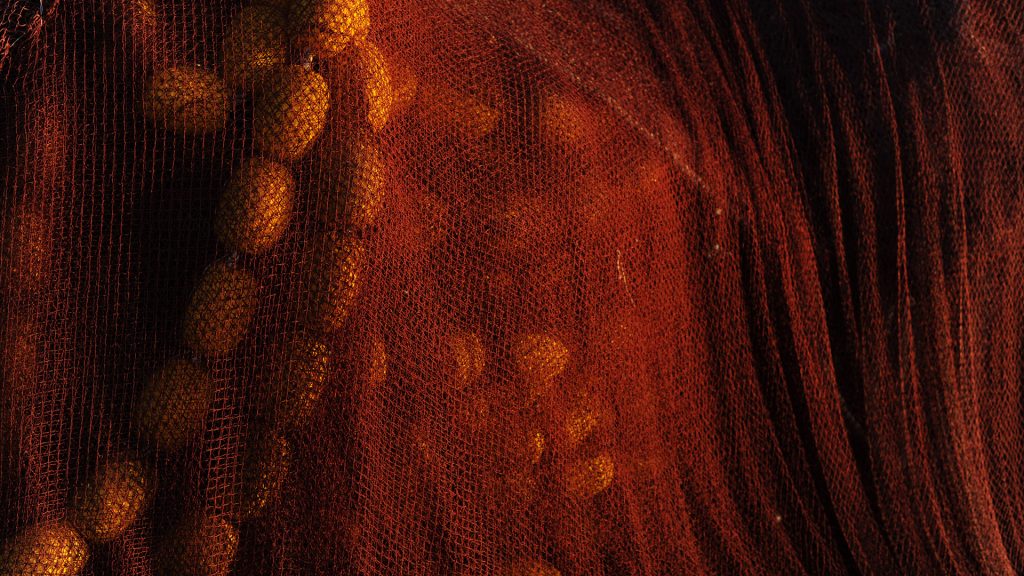
Obviously it’s not in our interest to lose gear. It’s gear that we assemble ourselves at a great cost. My annual budget for nets and lines is about 6000 Euros per year. I’m an artisan fisher so my turnover isn’t huge; 6000 is a huge sum for me. I take great care where I cast my nets. There is no way I’m going to lose them.
The very serious aspect of this is that those rare times when other ships collide with our markers and we do lose gear, when a net gets lost, it’ll go on catching fish at the bottom of the ocean for years to come. This is known as ghost fishing,
and it’s a serious concern because the fish that get caught in the net will never get hauled in. They’ll die in the net for nothing and this can harm the fish population for years. The net will eventually sink and wind up on the rocks where it will also endanger sea life. So nets have to be retrieved at all costs.
When we lose nets, we have developed tricks to retrieve them. We cast grappling hooks overboard in the zone the gear was last located in the hope of catching it. Even if the gear gets damaged by the hook, it still enables us to pull the nets from the sea and stops them killing fish for no reason. Unfortunately this is sometimes impossible. The rope gets snagged in the propeller of the ship and the net can be dragged hundreds of meters out of place. We might go looking for a net where it was cast, but it has moved. Lost nets cause plastic pollution as well as the problem of ghost fishing.
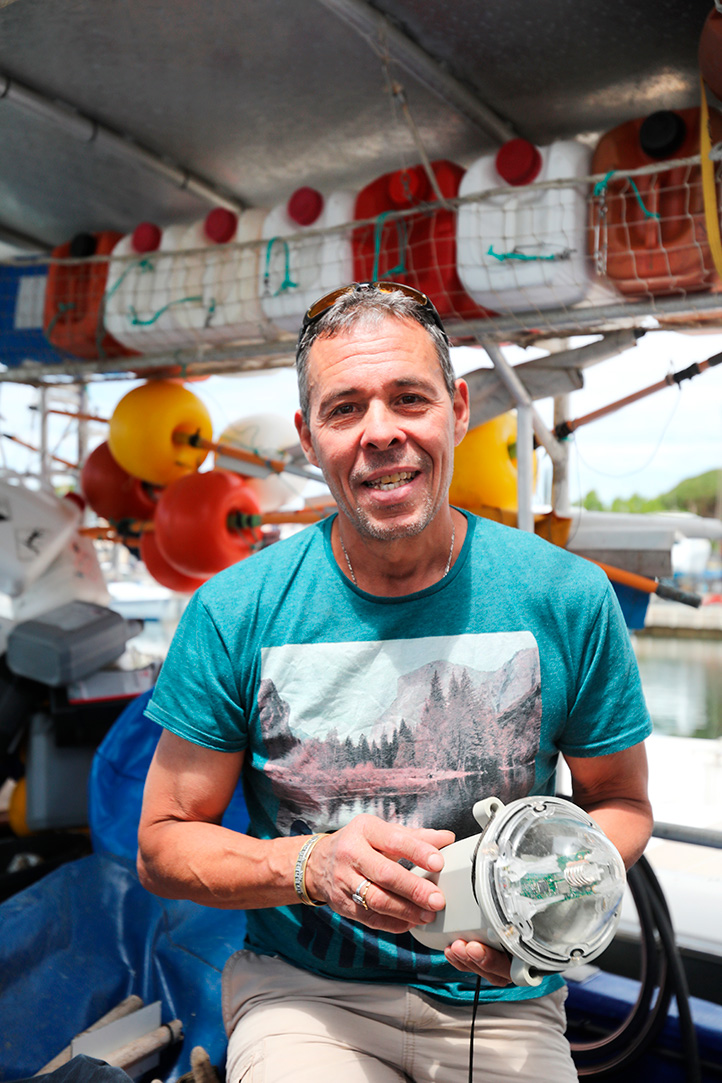
This is why I set up a partnership with the Var region fishing committee and CLS, who produce beacons. The aim is to create an effective, affordable product that’ll help fishers find their nets.
There are other aspects to this partnership: Seas Resources (LRS) is an association of professional fishers and deep-sea divers (coral divers that dive up to 150 metres) who work alongside underwater drone (ROV) manufacturers.
In the first phase, professional fishers equip their nets with satellite beacons created by CLS. Over the past year and a half we’ve been trying them out at sea, and they’re getting better. For the second phase, CLS have also invented beacons that can be submerged underwater to a maximum depth of 60 metres.
If the marker is cut, the fisher can get the beacon to remotely release a float. This offers an interesting alternative if the ship has only cut one marker. The third phase is if the ship has torn all ropes and markers. When this happens the LRS turns up in situ with an ROV. They will map out the zone with the drone. The underwater robot can then locate gear if it has been dragged out of position, and can also retrieve it from rocks. This way gear can be retrieved.
This would be a great innovation. We also hope that, in the near future if we do manage to develop this technology, cargo or container ship captains will have an application in their wheelhouse, so that when they approach the coast, they’ll receive fishing warnings and they’ll have a legal obligation to change the route to avoid gear loss.
Fishing is one of the oldest trades in the world. It is a profession where we are constantly immersed in the natural world which is like a natural laboratory for the profession.
It is a magic job to do. Things are always changing. Even the oldest fishers find surprises every day. The sea is always changing. A sunrise is never the same as the day before; we are always surrounded by the beauty of nature. There are magnificent things to see every day, surprises and gifts a-plenty. It’s a job where always have to keep questioning ourselves.
You can’t be a slave to technology. You have to use it wisely. We can’t lose sight of the fact that the most important thing in life is that humans do not dominate nature. We’re just an element of nature and if we keep on killing nature at the same rate as we’re doing now, there’ll be no humanity left.
Gallery

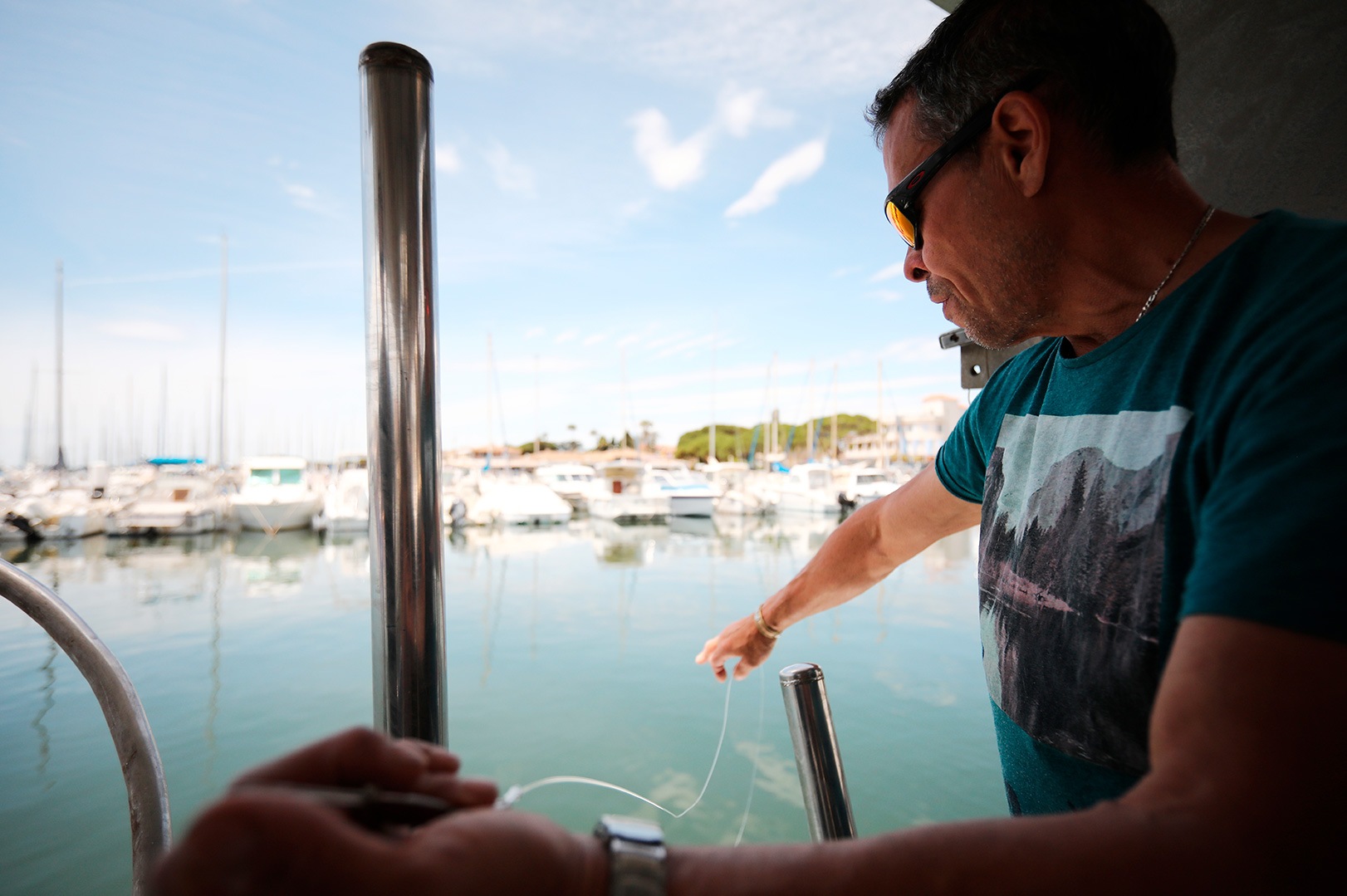
Conserve and sustainably use the oceans, seas and marine resources for sustainable development
Check out more
